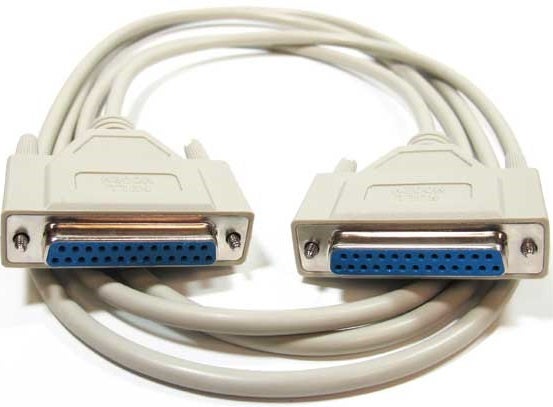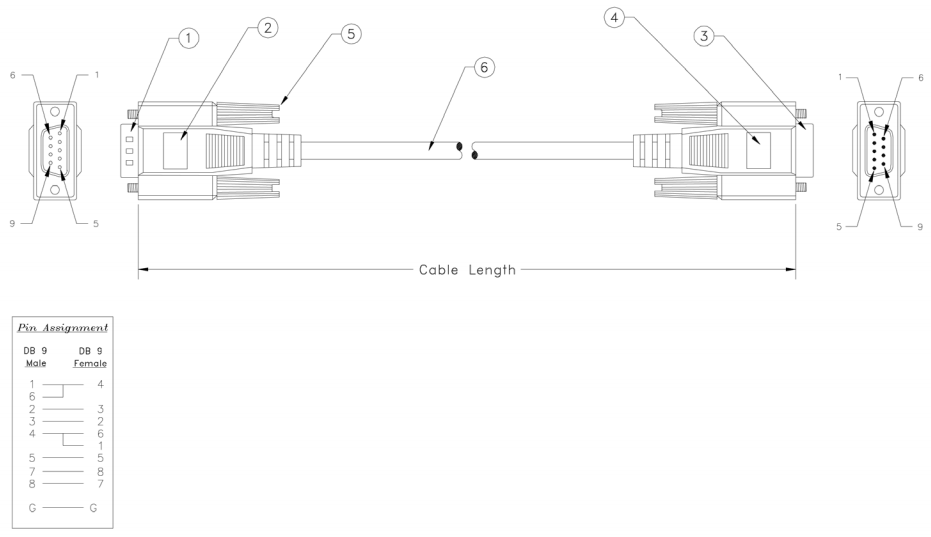
Null Modem Cable
A cable which is specially designed to allow two computers to connect directly to each other through their communication ports is called a null modem cable. An example of a communication port is the RS232 port. Null modem cables are particularly useful with portable computers since they allow the computers to communicate with a larger system.
The null modem cableshave special features that allow data transmission from one device to another. These special features are depicted by ‘Tx’ which stands for transmit and ‘Rx’ which stands for receive. It is more like a ‘crossover cable’ in functionality. And thus, usually used for serial port connections.
Historically, the null modem cable stemmed from the use of RS232 cablewhich was used to connect two teleprinters to a modem for inter-communication. The null modem communication was thereby achieved by the use of the R5232 to connect the printers to each other. Through this kind of connection, the modems could depend on each other to make a remote connection between the two teleprinters, otherwise, one would use cross-link kind of connections if one was to connect the two teleprinters without the null modem. So in that sense, a ‘null modem’ can be referred to denote the cable itself, or the adapter or the complete connection method. This was a common means of transmitting data between two data terminal equipments in the early 1980's and 1990's before the invention of more complex methods of data transmission such as the wireless data transmission.
The null modem cables were majorly used for file transfer between computers as well as for creating cross over connections until the contemporary times when their functionality was rendered less important by the introduction of Ethernet that promoted a faster system of information exchange. Another major area where the use of null modem cable is significant is the creation or the administration of headless devices that provide a serial administration console. Such devices include rack mount server units, various embedded systems and managed switches. A smart sensing device is the perfect example of an embedded system. Such devices operate by short running serial communications through protocols such as the Mod bus and other ICE variants.
There are several types of null modem connection cables. They range from no hardware hand shaking to loop back hand shaking, partial hand shacking, full hand shaking and virtual null modem. In the No Hardware Hand Shaking category, the cable has only the data and signal ground wires connected. In the Loop Back Hand Shaking, the cable pin merely loops back and does not physically support the hardware flow control due to compatibility issues and potential problems with a simple null modem cable. In Partial Hand Shaking, the flow control cable lines are still looped back into the device. Under Full Hand Shaking, this cable is not compatible with previous types of hardware flow control cables due to a crossing of its RTS/CTS pins. Finally, Virtual Handshaking directly connects two computer applications through a virtual serial port. Conclusively, it is worth noting that null modem cables played a very important role in the transmission of data and information to and from data terminal equipment devices.

